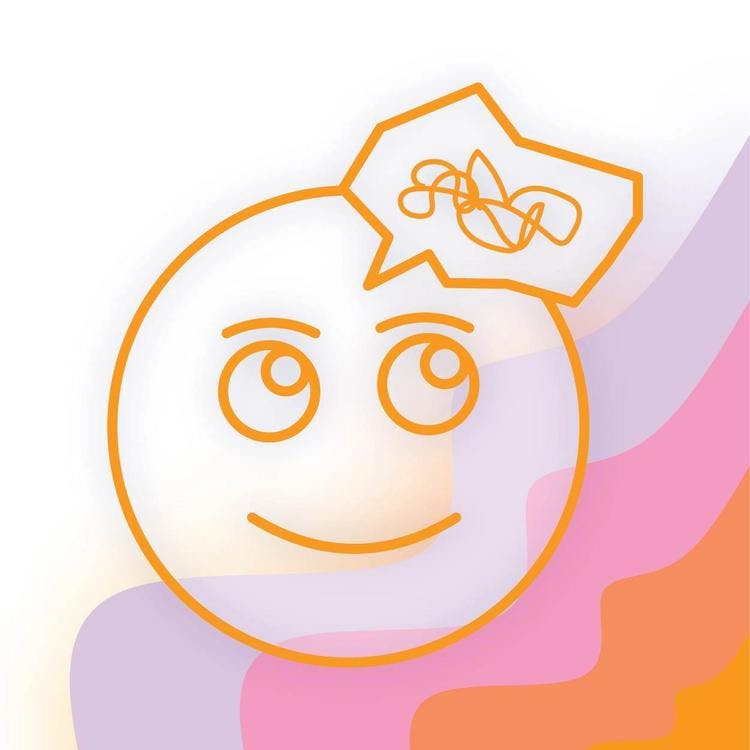What is ADHD
A person with ADHD will typically have problems with:
- Difficulty paying attention (inattention)
- Being overactive (hyperactivity)
- Acting without thinking (impulsivity)
As one can imagine, these symptoms become a problem in a person’s ability to function well.
ADHD in children
ADHD in children is seen in persistent inattention, hyperactivity and impulsivity in different settings (school, home, etc.). This results in problems with learning and social interactions.
Children with ADHD are also vulnerable to depression, conduct disorders and substance abuse later in life. It is thus important to recognise ADHD early and to refer the children to mental health professionals so that a management plan can be made for the child and their family
ADHD in adolescents
Adolescents with ADHD have behavioural problems such as aggression and poor performance at school. The poor performance may not be entirely linked to the behavioural problems, but due to learning difficulties.
Adolescents with ADHD are often restless and impulsive. This results in high-risk behaviours such as excessive alcohol drinking and risky sexual behaviours that may put theirs and others’ lives in danger.
ADHD in adults
ADHD symptoms persist from childhood, into adolescence and then into adulthood. In adults, symptoms of ADHD tend to be more subtle than in childhood, such as:
- Lack of attention to detail
- Poor organisational skills
- Inability to prioritise
- Mood swings, irritability and a quick temper
- Extreme impatience
- Risky behaviours
Management
Diagnosis of ADHD is made by healthcare professionals such as psychiatrists or clinical psychologists. The management of ADHD is through multiple modalities with the aim of reducing the symptoms of ADHD to make them calm down and pay attention to life.
Non-medical management:
Psychological Therapy
The aim of therapy is to help the person with ADHD, their family and friends to cope with the challenges of ADHD in their functioning. It may involve the following modalities, and much more:
- Children: behavioural programmes to help the child stay organised and keep a routine
- Adolescents: Similar to programmes for children, but age-group appropriate
- Adults: Breaking down large tasks to smaller, and manageable tasks.
Medical Management
Medical management aims to reduce hyperactivity and impulsivity and to improve focus. The commonly used medication to manage ADHD are a class of medications called stimulants.
Stimulants
These medications, such as Concerta and Ritalin, increase the ability to think more clearly and to pay attention by increasing a substance called dopamine in the brain. Side effects of stimulants are loss of weight and loss of appetite.
Non-stimulants
Non-stimulants, such as Atomoxetine and Guanfacine, are used in children with ADHD. They have similar effects and side effects to stimulants, even though they take longer to start working.
